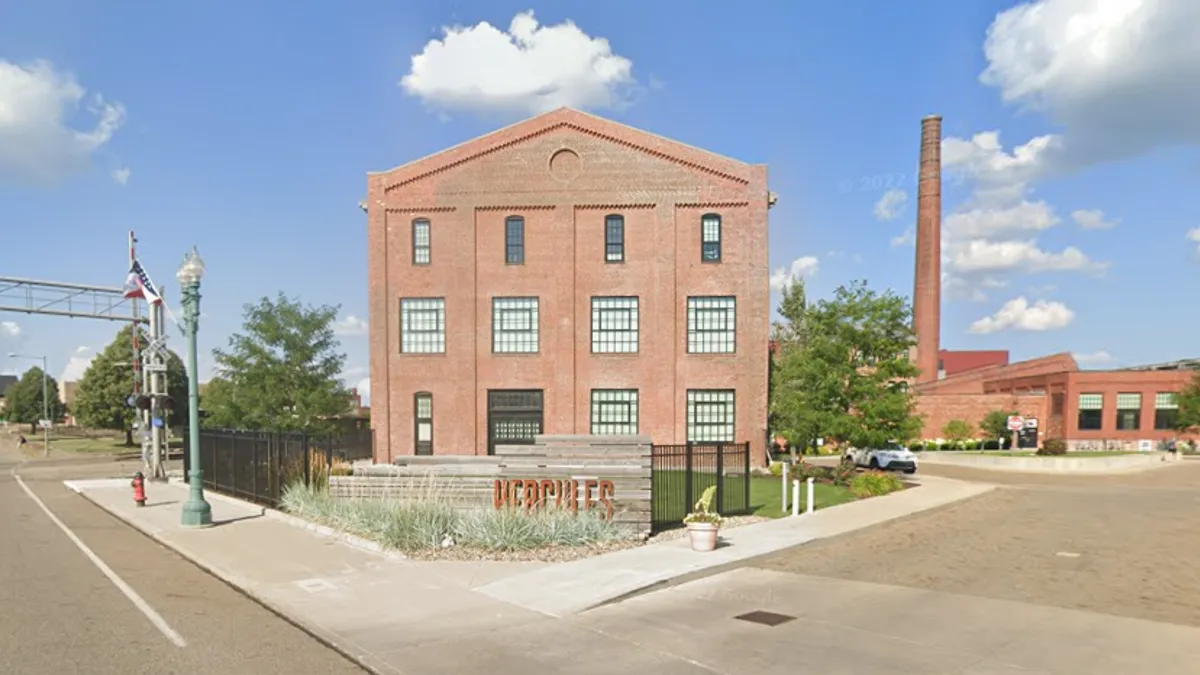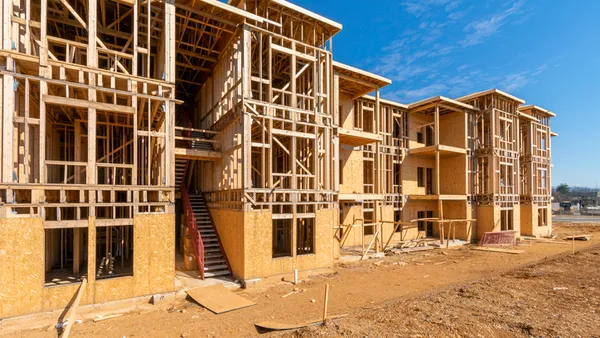Dive Brief:
- The national average multifamily rent held steady at $1,702 in February, unchanged from the previous month, according to the latest Matrix Multifamily National Report from Yardi Matrix.
- At the same time, year-over-year rent growth fell 70 basis points to 4.8% — the lowest YOY rent growth recorded in nearly two years.
- While asking rent growth is positive in almost every metro, 23 out of the top 30 metros tracked by Yardi Matrix recorded negative growth over the past three months, and 17 recorded negative growth from January to February.
Dive Insight:
It is not unusual for the national average rent to remain flat in February, according to Yardi. Rents only grew by an average of $2 in February in the six years before the post-pandemic boom. (As a point of comparison, the national average rent rose $10 in February 2022.)
At the same time, it is not yet clear whether demand and rent growth will pick up in the spring as usual. Affordability, household growth and deliveries of new stock will be the main drivers of rent movement across the country, whether at the national or the local level.
Demand has weakened overall at the national level as household formations have slowed, the report said. The U.S. apartment market absorbed approximately 19,000 new units in January, and the national occupancy rate remained at 95.2%, 100 basis points lower than its peak in late 2021.
Many markets that experienced outsized rent growth two years ago are now posting either negative or barely positive growth. Las Vegas and Phoenix once dominated the rent growth charts, but now stand at -1.6% and -1.2%, respectively, in February.
| Market | YOY rent growth, February 2023 | YOY rent growth, January 2023 | Difference |
|---|---|---|---|
| Indianapolis | 9.0% | 10.5% | -1.5 |
| Kansas City, Missouri | 7.9% | 7.3% | 0.6 |
| New York | 7.0% | 6.7% | 0.3 |
| Miami metro | 6.3% | 7.5% | -1.2 |
| Chicago | 6.3% | 6.7% | -0.4 |
| San Jose, California | 6.1% | 8.1% | -2 |
| Boston | 6.1% | 6.2% | -0.1 |
| Orlando, Florida | 5.8% | 6.5% | -0.7 |
| Portland, Oregon | 5.8% | 6.7% | -0.9 |
| Raleigh, North Carolina | 5.3% | 6.9% | -1.6 |
SOURCE: Yardi Matrix
At the same time, Indianapolis and Kansas City have risen to the top for YOY rent growth at 9.0% and 7.9%, respectively. Yardi classifies these Midwest cities as low volatility, as they remain inexpensive and have not seen any drastic increases in inventory. New York City and Chicago have also risen near to the top of the list after cratering in the pandemic era, owing to their status as “attractive cultural centers where people want to live, if not work,” according to Yardi.
Inflation rose higher than expected in February, meaning that the multifamily sector could be operating in a higher interest rate environment in 2023 and into 2024, according to Yardi. The consumer price index increased by 0.5% in January, and is currently up 6.4% YOY.
In recent congressional testimony, Fed chairman Jerome Powell said that short-term interest rates are likely to increase more and to stay high longer in the near future. However, this predates the recent collapses of Silicon Valley Bank and Signature Bank.
As of now, whether or not the Fed will continue to raise interest rates is uncertain. For now, as long as rates remain elevated, capitalization rates will rise and transaction activity will remain low











